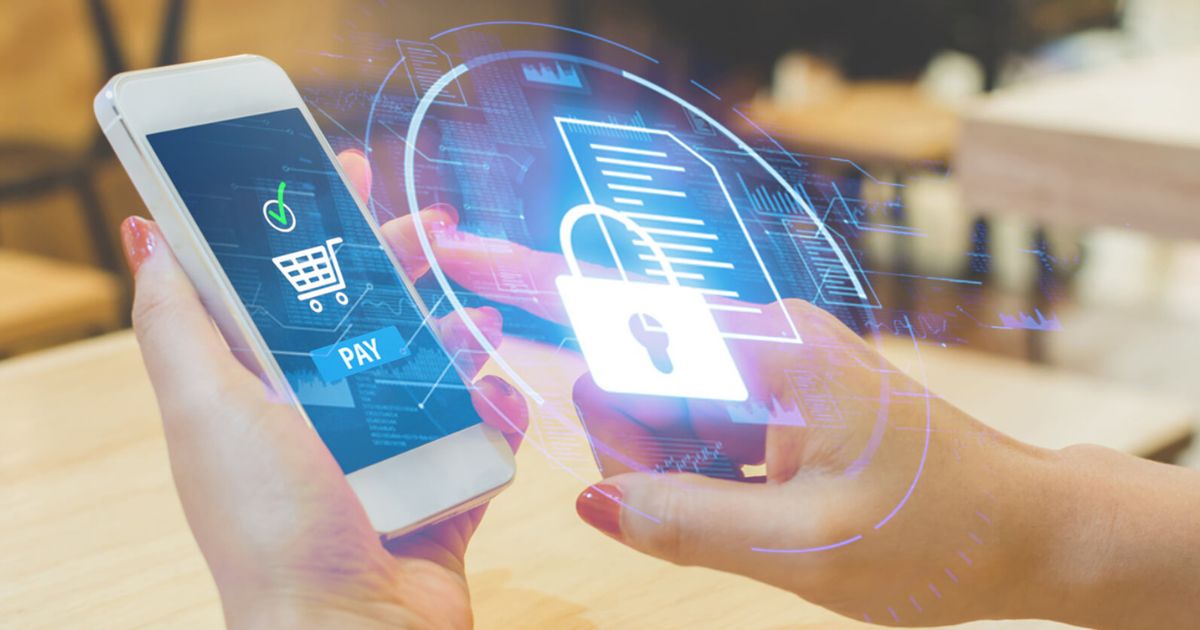
| January 15th, 2024 |
Fortifying Mobile Payments — Robust Security Measures for Safe and Seamless Transaction!
In the rapidly evolving landscape of digital commerce, mobile payment transactions have become ubiquitous, offering unparalleled convenience to consumers worldwide. As the adoption of mobile payments continues to surge, so does the need for robust security measures to safeguard sensitive financial information and protect users from potential threats. In this comprehensive blog, we delve into the intricacies of security measures in mobile payment transactions, exploring the technologies and strategies employed to ensure a seamless and secure financial experience.
Understanding the Mobile Payment Ecosystem —
Mobile payments encompass a wide range of transactions, from peer-to-peer transfers and in-app purchases to contactless payments at point-of-sale terminals. The ecosystem involves various stakeholders, including consumers, merchants, banks, and mobile payment service providers. Each entity plays a crucial role in maintaining the integrity and security of the mobile payment system.
Encryption —
At the core of mobile payment security lies encryption, a technology that transforms sensitive data into an unreadable format, making it indecipherable to unauthorized parties. End-to-end encryption ensures that the payment information remains confidential throughout the entire transaction process. Industry-standard encryption protocols, such as Transport Layer Security (TLS) and Secure Sockets Layer (SSL), are widely adopted to secure data transmission over networks.
Multi-Factor Authentication —
To fortify the authentication process, multi-factor authentication (MFA) has become a cornerstone of mobile payment security. MFA requires users to provide two or more verification factors, typically combining something they know (password), something they have (device), and something they are (biometric data). This multi-layered approach significantly reduces the risk of unauthorized access, adding an extra layer of protection beyond traditional password-based systems.
Biometric Authentication —
The integration of biometric authentication, such as fingerprint recognition, facial recognition, and iris scanning, has revolutionized the way users access and authorize mobile payments. Biometrics offer a unique and personal layer of security, as they are inherently tied to individual characteristics, making it difficult for malicious actors to replicate or bypass.
Tokenization —
Tokenization is a key security measure that replaces sensitive cardholder data with a unique, non-sensitive token. This token is then used for transaction processing, reducing the risk of exposing actual card details in case of a breach. This method ensures that even if intercepted, the token holds no intrinsic value to unauthorized parties, providing an additional safeguard for both consumers and merchants.
Secure Enclaves and Hardware-based Security —
To safeguard against attacks targeting the device itself, mobile payment systems leverage secure enclaves and hardware-based security features. Secure enclaves are isolated areas within a device’s processor that store and process sensitive information separately from the main operating system. Hardware-based security, such as Trusted Execution Environments (TEE) and Secure Elements (SE), further fortifies the protection of cryptographic keys and sensitive data, making it challenging for attackers to compromise the security of the mobile device.
Real-time Fraud Detection and Monitoring —
Staying one step ahead of potential threats is crucial in the ever-evolving landscape of cybercrime. Mobile payment systems employ sophisticated algorithms and machine learning models for real-time fraud detection and monitoring. These systems analyze transaction patterns, user behavior, and contextual data to identify anomalies or suspicious activities, allowing immediate intervention to prevent unauthorized transactions.
Continuous Security Updates and Patch Management —
As cyber threats continue to evolve, it is imperative for mobile payment providers to stay vigilant and proactive. Regular security updates and patch management are crucial to addressing vulnerabilities and reinforcing the system’s resilience against emerging threats. Timely updates ensure that the mobile payment application and underlying infrastructure remain fortified against the latest cybersecurity risks.
Compliance with Industry Standards and Regulations —
Adhering to industry standards and regulations is a fundamental aspect of ensuring the security of mobile payment transactions. Compliance with Payment Card Industry Data Security Standard (PCI DSS), General Data Protection Regulation (GDPR), and other relevant standards is not only a legal requirement but also a strategic move to build trust among consumers. These standards provide a framework for implementing robust security measures and data protection practices.
User Education and Awareness —
Empowering users with knowledge about mobile payment security is as important as implementing technological measures. Educating consumers about safe practices, such as using secure networks, enabling device lock features, and regularly monitoring transaction history, contributes significantly to overall security. Mobile payment providers often engage in awareness campaigns and provide resources to help users make informed decisions and safeguard their financial information.
Conclusion — A Secure Future for Mobile Payments:
As the world increasingly embraces the convenience of mobile payments, the importance of robust security measures cannot be overstated. The multifaceted approach to mobile payment security, encompassing encryption, multi-factor authentication, tokenization, secure enclaves, real-time fraud detection, and compliance with industry standards, creates a resilient defense against evolving cyber threats.
Mobile payment providers, financial institutions, and users alike must collaborate to foster a secure digital ecosystem. Continuous innovation in security technologies, coupled with proactive user education, will play a pivotal role in ensuring that mobile payments remain not only convenient but also synonymous with safety and trust. By staying ahead of emerging threats and embracing the latest security advancements, the mobile payment industry can confidently pave the way for a future where transactions are not only seamless but also fortified against the ever-present challenges of the digital realm.